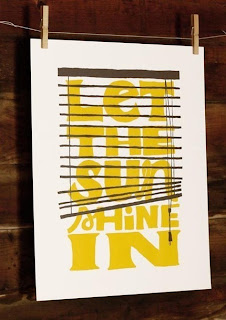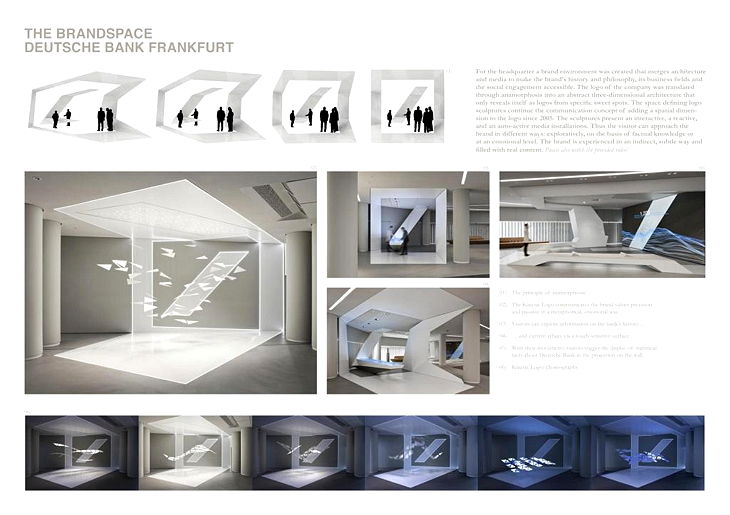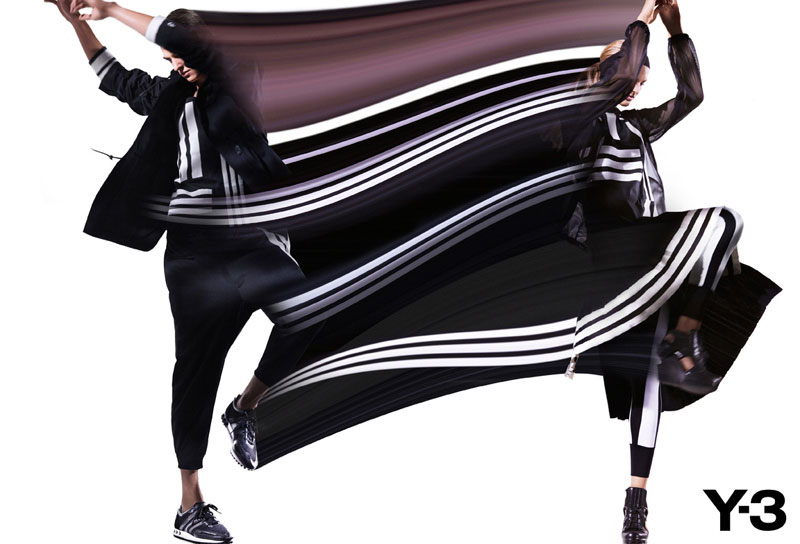Sew La Ti Embroidery [Search results for creative]
The Italian Association of Ceramic Tile Manufacturers

A Perfect Repairman

Picasso, Matisse and... Tim Burton!..
New Emerald Paint

Collee Gets Creative

Hotel of new type in Amsterdam
Another Fabriholic?
LG Hom-Bot Vacuum Cleaner

Vila Olimpica Gym

Night Club MUSEE [Madrid]
![Night Club MUSEE [Madrid]](https://blogger.googleusercontent.com/img/b/R29vZ2xl/AVvXsEjnyQCTGQ8gRaFrZ8pK4wTLKFtdeDcdi2buQI2EAAqdJsqt-BuSLFBnD-TrydaKSdR9y53a0Xsj_UBaO8jZHfsncyQgLz4NuNMMLptpvtjEjJ3rO2QNV5klK9YgDNow6UsRQWEKOW40mgQ/s640/Night-Club.jpg)
Art by Creative People

Brand Space of the Deutsche Bank

The Bulldogs (based on an underground comic-book)

Tea Birds

Simple Chains Magic

The Doll in Yellow

The Real One

More Gifts from Afar
Y-3 Spring/Summer 2013 Collection Campaign

Unique Cultural Center [Ávila, Spain]
![Unique Cultural Center [Ávila, Spain]](https://blogger.googleusercontent.com/img/b/R29vZ2xl/AVvXsEg0vpvvCZ3fRhe8AcjShPKwlbp8rx4wnIf8ZPJXsCFqvAhqoEvrnsx8ef1GkCuzsLHepJ1OUboIsAW9C1bUE5IORyZS2mCe8PYCiE7DZw5Ypo3niKFesoGLdpESn9XpW4CjyuQ7ZnAtJaM/s800/Unique-center.jpg)





